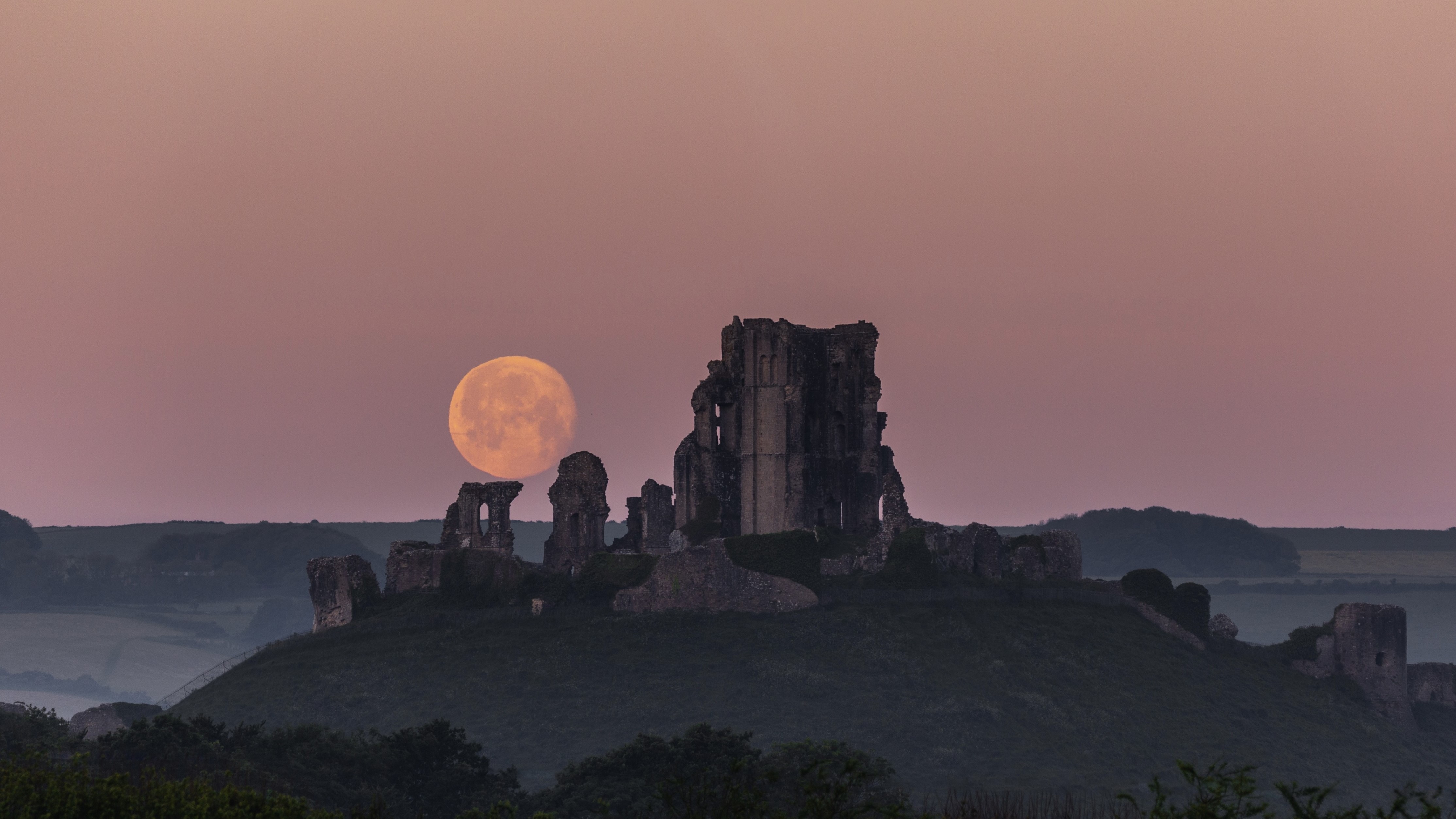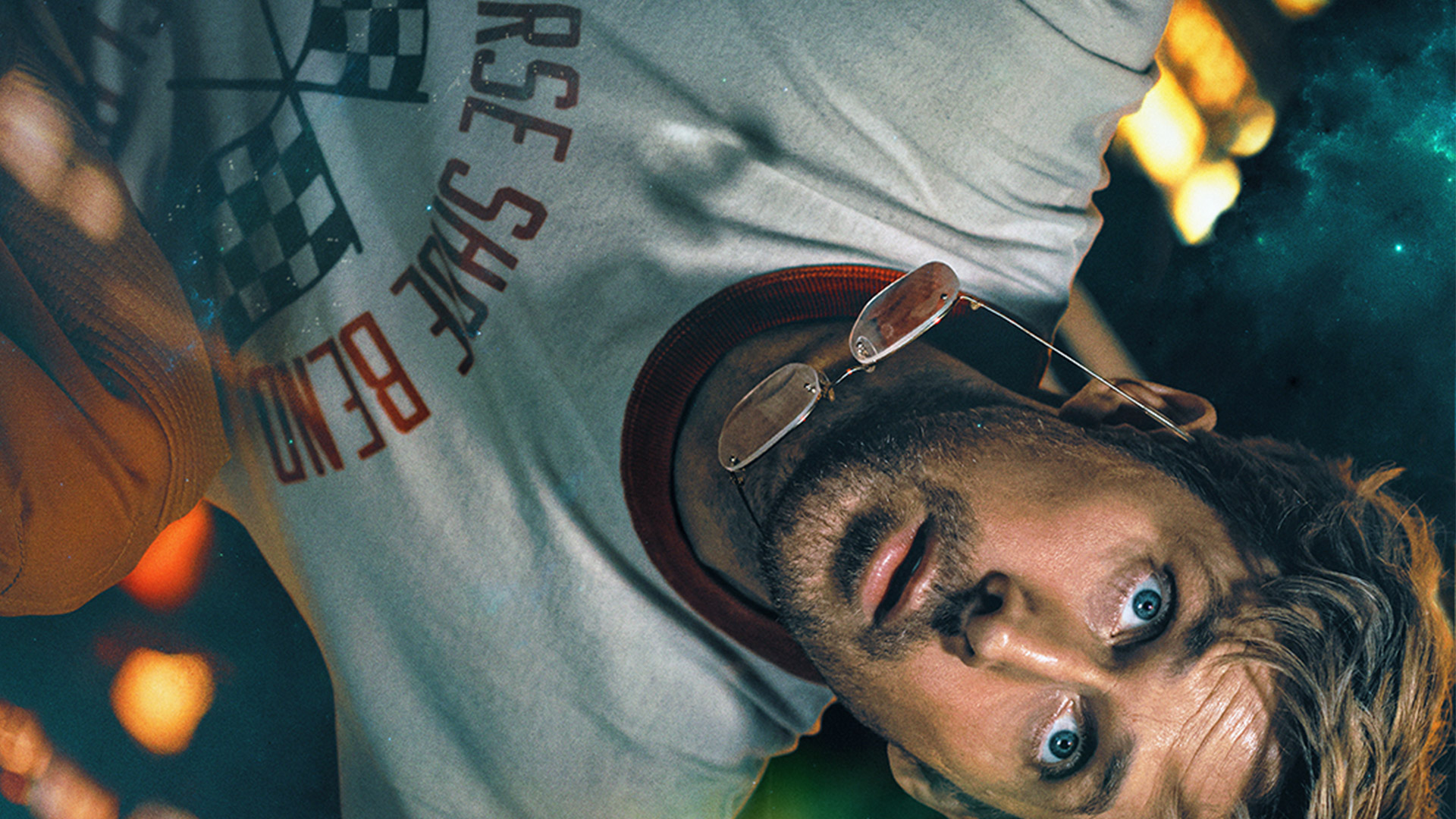References
Latest References
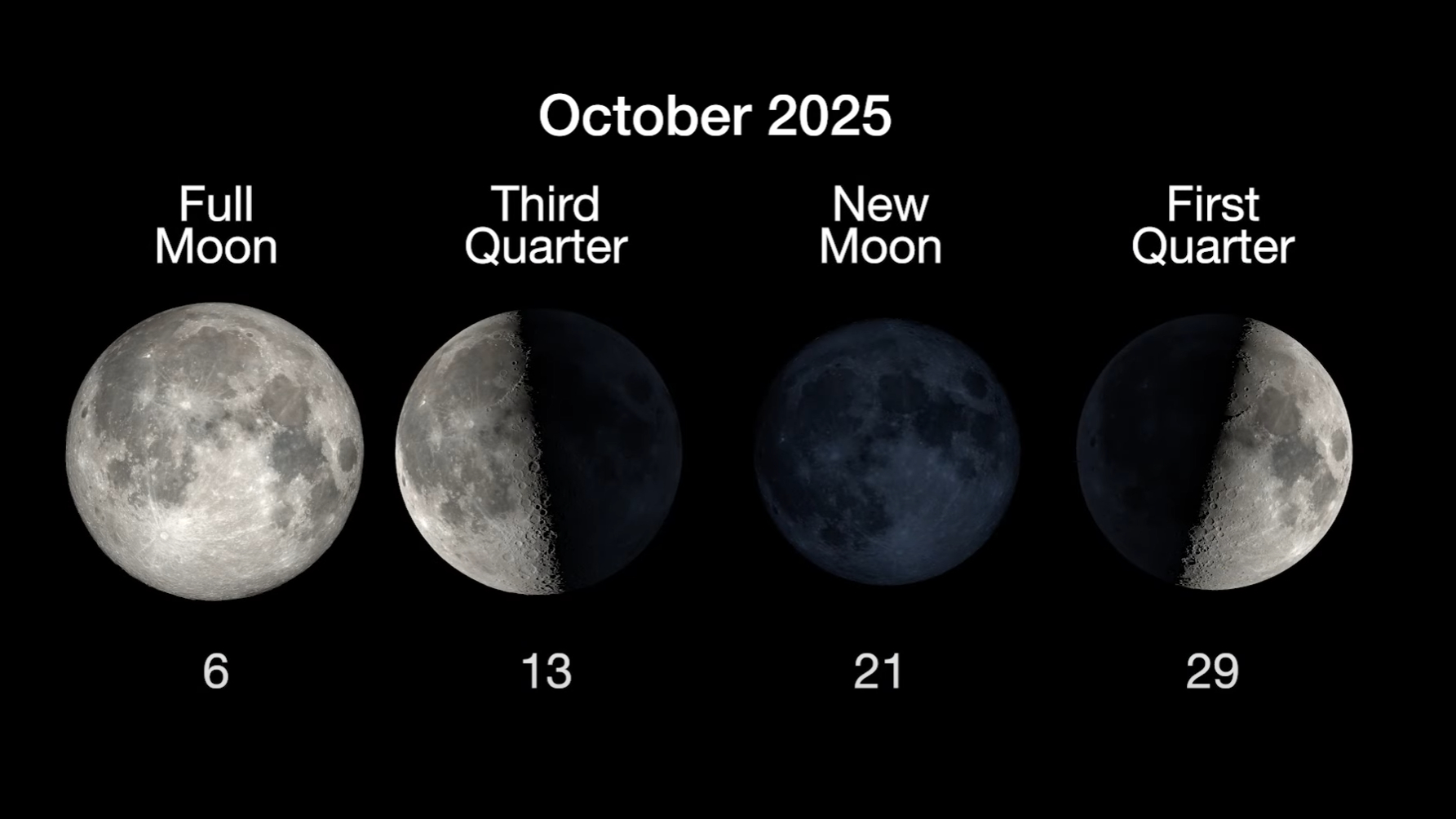
What is the moon phase today? Lunar phases 2025
By Tariq Malik, Daisy Dobrijevic last updated
Reference See what moon phase it is tonight and find out when you can see the rest of the moon phases for 2025.
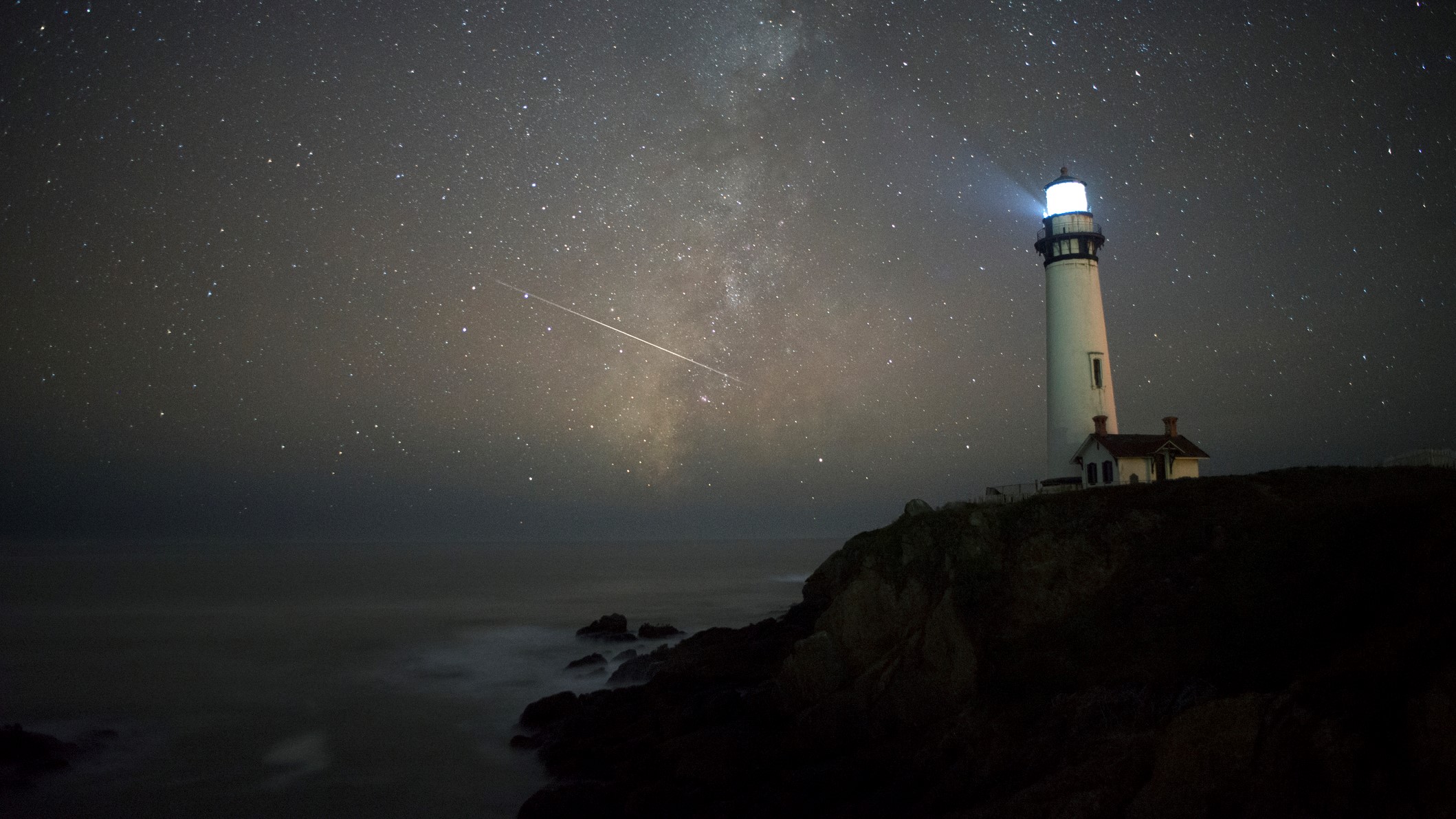
Orionid meteor shower 2025: When, where and how to see it
By Daisy Dobrijevic last updated
Reference Learn when, where, and how to see the Orionid meteor shower, peaking in late October this year.
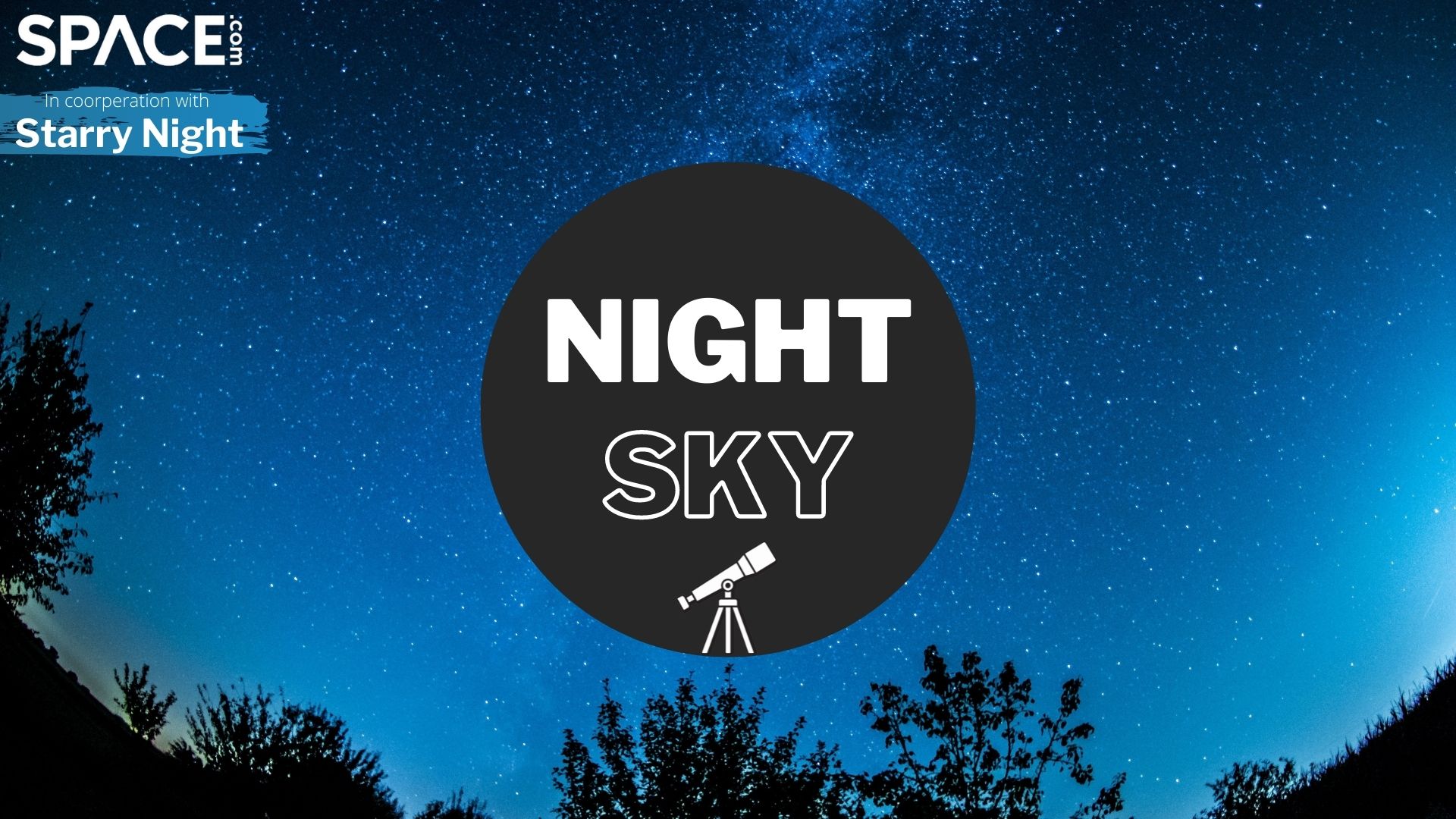
Night sky, October 2025: What you can see tonight [maps]
By Chris Vaughan last updated
Reference Find out what's up in your night sky during October 2025 and how to see it in this Space.com stargazing guide.
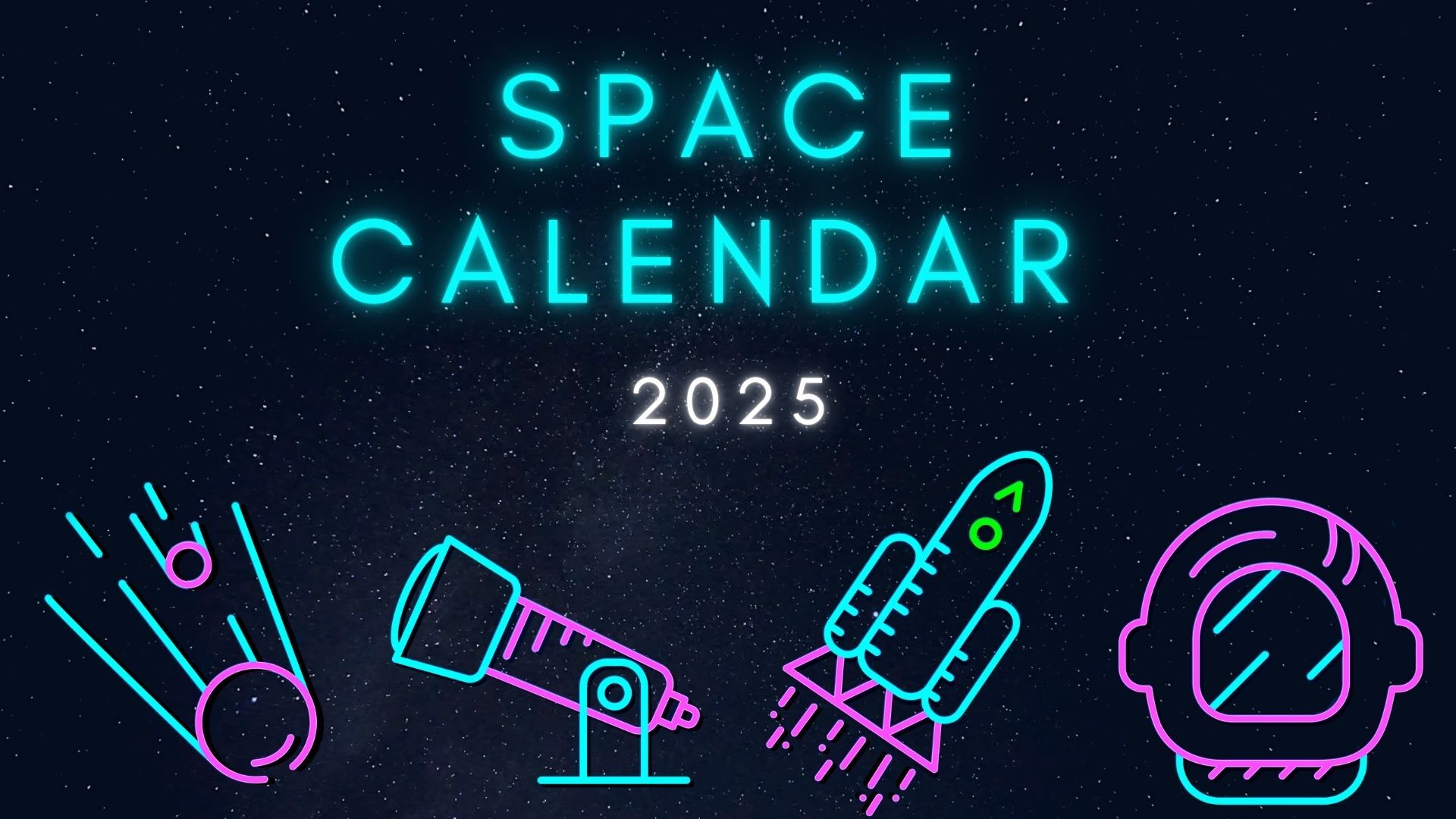
Space calendar 2025: Rocket launches, skywatching events, missions & more!
By Space.com last updated
Reference Keep up with all the rocket launches, astronomical events and mission milestones for 2025 with our space calendar.
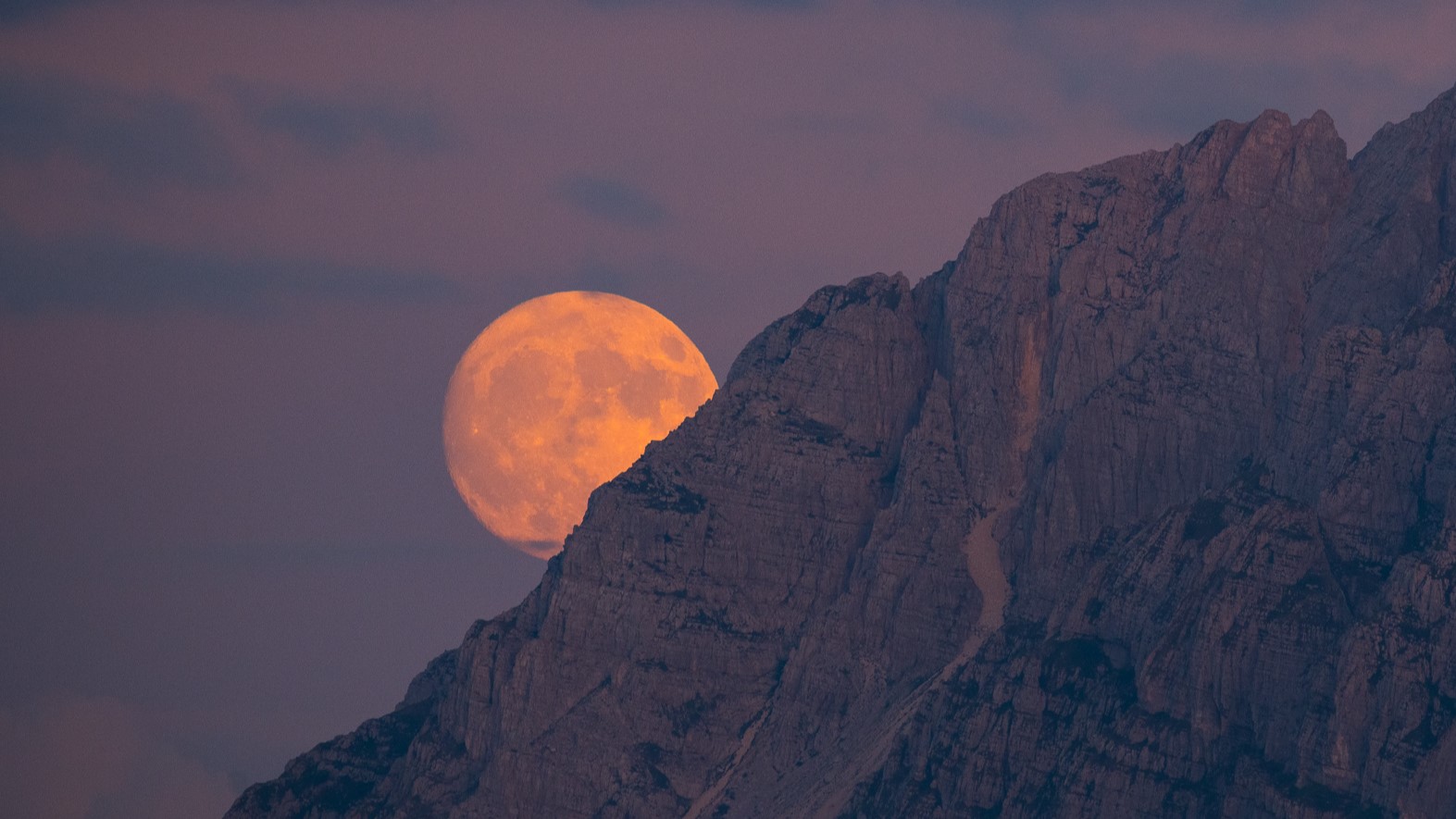
Supermoon: what is it and when is the next one?
By Daisy Dobrijevic last updated
Reference Learn what makes a supermoon unique, how it impacts the moon's brightness, and when you can catch the next one in our ultimate supermoon guide.

Upcoming sci-fi movies for 2025/2026: Predator: Badlands, Project Hail Mary, Avatar: Fire and Ash & more
By Grace Dean last updated
It’s a busy time in sci-fi cinema. Here are the upcoming sci-fi and space movies to look forward to in 2025 and 2026.

'Supergirl': Release date, plot, cast, and everything we know about Kara Zor-El's DCU movie
By Jeff Spry last updated
Superman's Kryptonian cousin is set to soar in DC Studios' 2026 solo superhero flick.
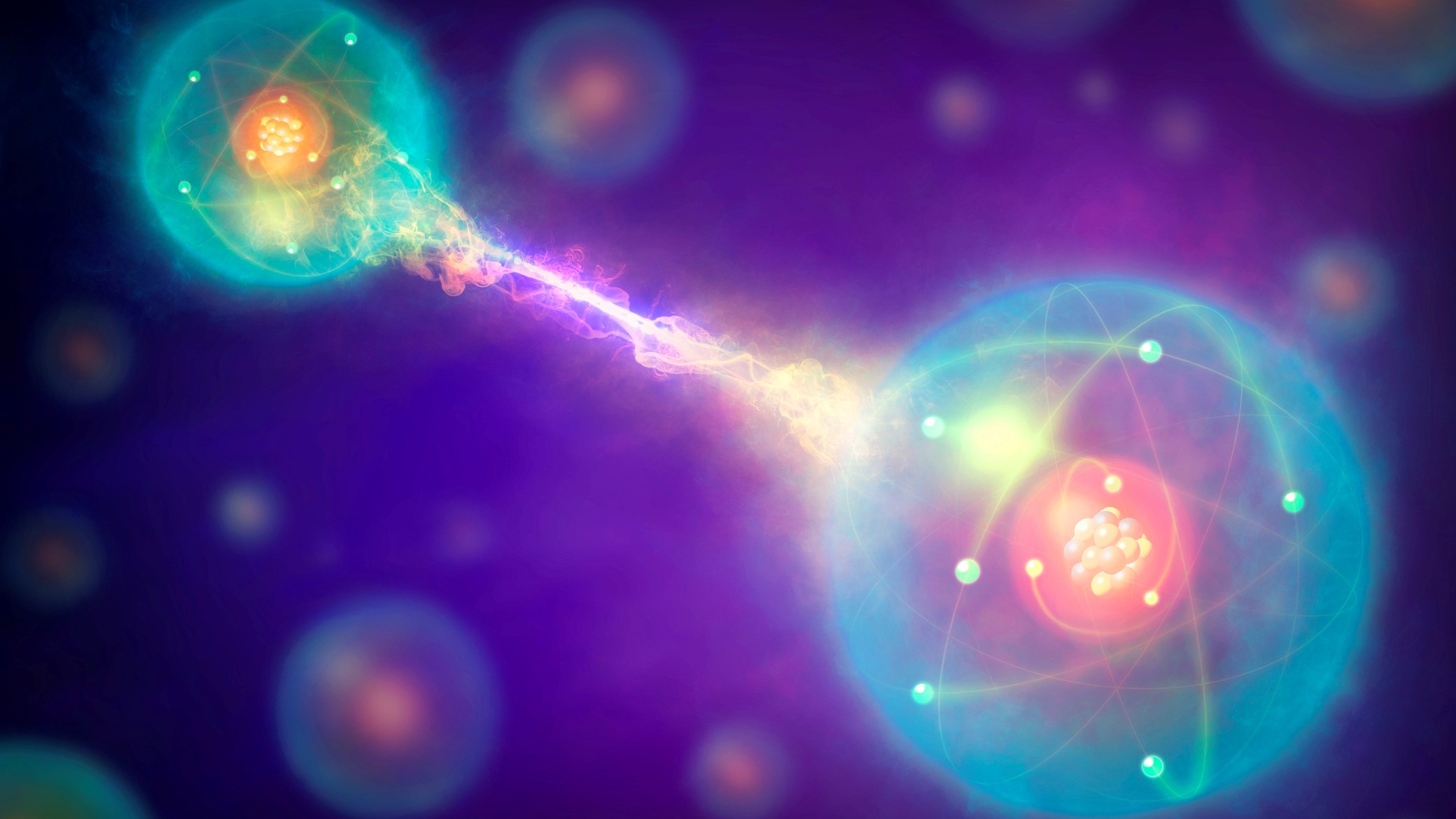
What is quantum entanglement? The physics of 'spooky action at a distance' explained
By Jesse Emspak, Daisy Dobrijevic last updated
Reference Quantum entanglement is one seriously long-distance relationship.
Breaking space news, the latest updates on rocket launches, skywatching events and more!
